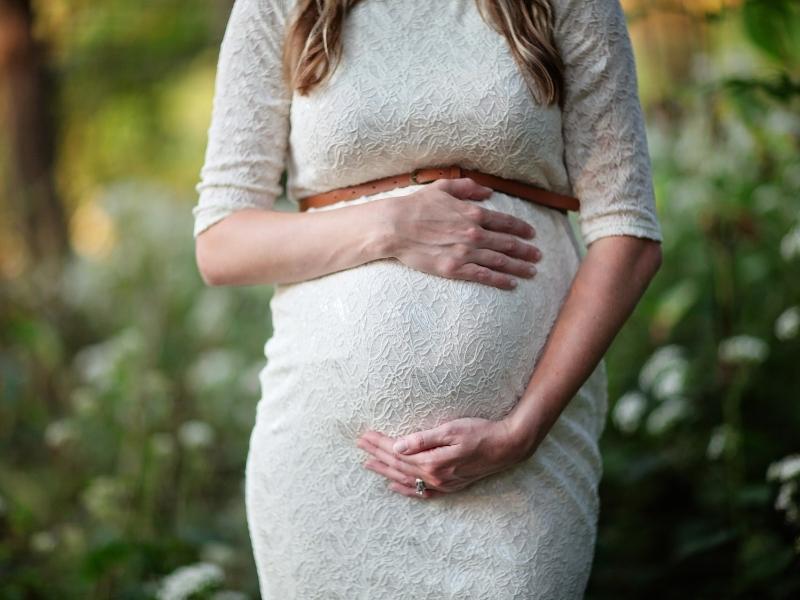For the initial blog, I thought it would be prudent to write about the basics: how to make a baby. Clearly most people have the fundamental idea of how this works, but what happens when conception doesn’t happen spontaneously? How long is too long? When should you be evaluated? What is involved in the evaluation? I could go on and on but let’s cover these topics for now and this will likely serve as an excellent springboard for topics and questions in the future.
“Infertility” is defined as the inability to conceive after one year of unprotected intercourse (not using contraception) for women less than 35 years old. For women 35 or older, it is diagnosed after 6 months of unprotected intercourse. Technically speaking, most people are not “infertile”. Most people who are diagnosed as such are truly “subfertile”, meaning it is taking them longer to conceive than average couples their age. On average, 57% of couples will conceive within 3 months, 72% in 6 months, 85% in 1 year, and 93% in 2 years. Age does matter when looking at statistics, and interestingly, maternal age tends to be the primary factor when it comes to predicting fertility. Infertility is considered a public health problem in that it affects over 6 million women in the United States. There has been a recent interest in research to prevent infertility (although not all causes can be prevented).
There are essentially four areas that need to be in working order for conception to happen:
1) Ovulation must be occurring (releasing of an egg each month)
2) The fallopian tubes must be open (this is where fertilization occurs)
3) Sperm must be present and functional
4) The uterine environment must be receptive to pregnancy/implantation
There are far more details about all of these components (I.e. ovarian aging plays a big role), but knowing a few basic concepts will help you get on the right track. It is important to track your menstrual cycles each month. Most women who ovulate regularly will have fairly regular menstrual cycles (often 26-35 days but usually they only vary within a few days of your own “set point”). Basal body temperature charting can be done to track ovulation, and over the counter ovulation predictor kits work very well for most women. In the world of fertility, we often speak of “cycle days”. Cycle day 1 typically refers to the first day of your period (full flow), and often ovulation will occur around cycle day 14-16 for women who have 28-30 day cycles. If you are not having regular cycles as described above, you should seek evaluation sooner to look for potential causes that may be easy to correct. We will often evaluate specific fertility hormones (ovarian reserve testing- a great topic for the next blog), and other hormones that can affect ovulation. Things like polycystic ovarian syndrome (PCOS) are common causes for irregular ovulation.
The fallopian tubes are usually evaluated with some imaging study. The hysterosalpingogram (HSG) is commonly used and this is performed in a radiology department. It involves placing a small catheter into the cervix and injecting dye into the uterus and fallopian tubes to confirm they are patent (open). This exam also evaluates the internal portion of the uterus (uterine cavity) which is not well seen on routine ultrasounds (sonograms). The exam does cause mild discomfort so I would typically recommend taking ibuprofen or acetaminophen prior to the procedure.
A semen analysis is a standard part of the basic fertility evaluation. Even if a man has no risk factors (i.e. tobacco, alcohol, drugs, family history, certain medications, prior surgeries, etc.), we often still see mild abnormalities in the semen analysis. Sometimes we can help improve this with basic lifestyle changes and vitamins. Sometimes we need to involve a specialist in male reproduction depending on the results and clinical history.
Speaking of sperm, the timing of intercourse and “sperm exposure” is quite important. Sperm can actually stay alive in the female cervix for several days; however the period that an egg can be fertilized is quite short (12-24 hours). In general, it is best to time intercourse 2 days before, the day before, and the day of ovulation. The use of ovulation kits can be very helpful in coordinating this.
Finally, the uterus and ovaries can be visualized quite well with a transvaginal ultrasound. This is often done in the early part of the menstrual cycle. This study gives us good information about the structure of the uterus, presence of fibroids (common tumors of the muscle wall), and ovarian structure.
A few last thoughts…remember the primary predictive factor in making a baby is maternal age. Fertility in women actually peaks around age 22-25, and slowly declines after that. Once a woman approaches her mid-30’s, it can become far more difficult to conceive. The number of eggs declines quickly and the quality also diminishes. These changes are often referred to “diminished ovarian reserve”. When you look at graphs of fertility decline in relationship to age, most of those studies were evaluating population data. Each individual may vary, and chronological age may not correspond to ovarian age. What does this mean? Sometimes the ovaries age more quickly than our chronological age. Unfortunately, the opposite doesn’t seem to exist (our ovaries never act “younger” than our chronologic age).
When should someone be evaluated earlier than usual? I would recommend this for older women, those with risk factors such as irregular periods, prior difficulty conceiving, a family history of early menopause, previous gynecologic surgery, or men who have risk factors that may affect sperm function. Remember, when it comes to making a baby, it is always better to be evaluated too soon rather than too late.
Contact: Contact Conceptions at 303-794-0045 or view our contact us page


